Which of the Following Features Is Unique to Bacterial Cells BrisahasMcfarland

Solved 1. Structure of the bacterial cell identify parts of
First, given the small size of bacterial cells, the develop-ment of nanoscale imaging technologies over the past decades has enabled an increasingly robust assessment of bacterial cell ultrastructure.

Cellular Structure of Bacteria ZeroInfections
Bacterial cytoplasmic membranes, composed of roughly equal proportions of proteins and lipids, have a multitude of important or essential functions. The membrane comprises the major bound-ary outlining the cell cytoplasm, and it controls the transport and diffusion of myriads of small

Gcse Biology Revision, Biology Notes, Science Notes, Learn Biology, Biology Lessons, Teaching
Lecture No. Objectives Classification of bacteria based on shape Study the structural components of Bacterial cell Shape & Size of Bacteria Bacteria are classified by shape into three basic groups: Cocci Bacilli spiral Bacteria range in size from about 0.2 to 5 μm https://bio.libretexts.org/TextMaps/Map%3A_Microbiology

Structure of a Bacterial Cell (Part 1) YouTube
Bacterial Classification, Structure and Function Introduction The purpose of this lecture is to introduce you to terminology used in microbiology. The lecture will: Cover different classification schemes for grouping bacteria, especially the use of the Gram stain Describe the different types of bacteria
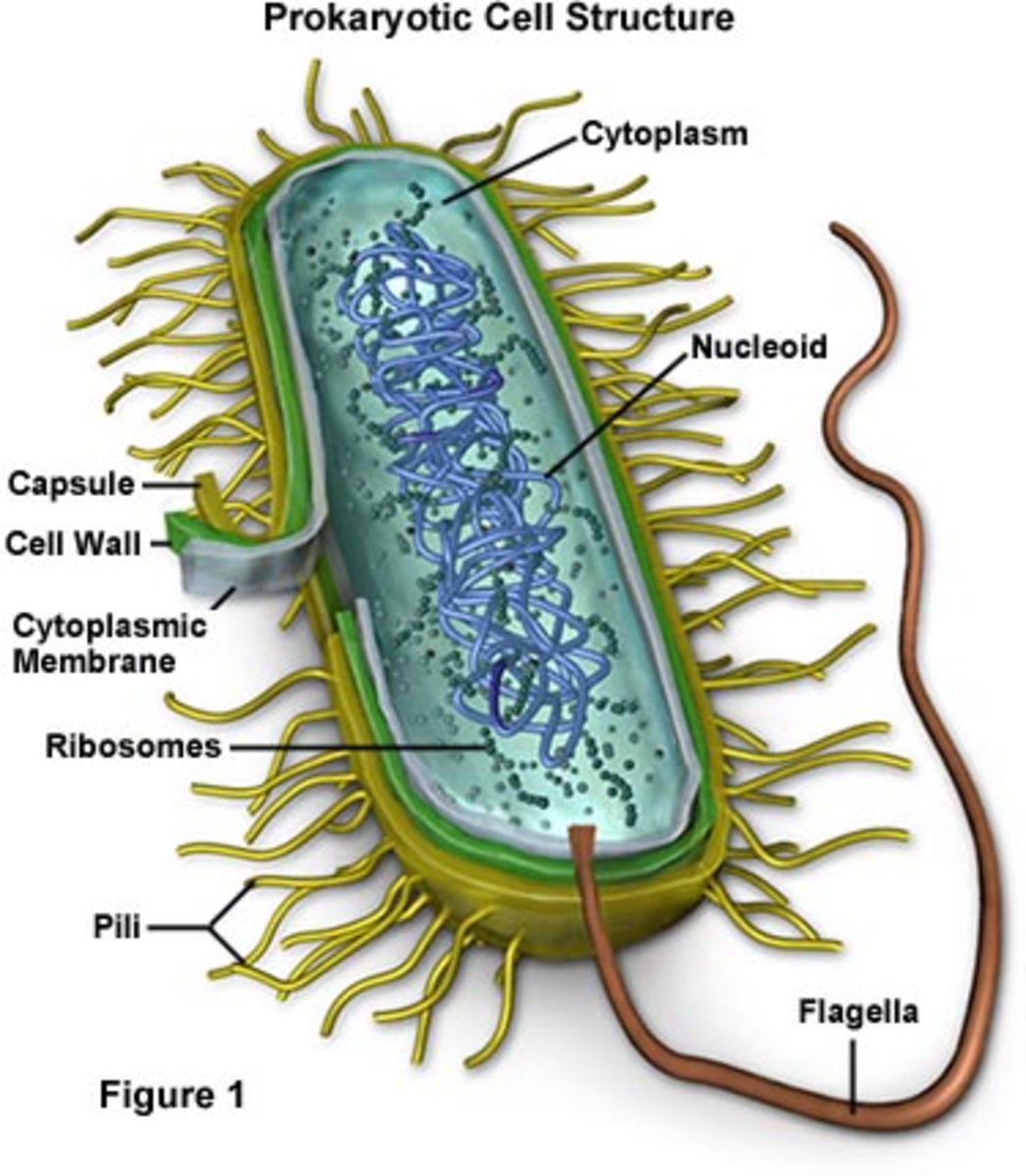
Bacterial Intracellular Structures That Give Bacteria/Prokaryotes an Advanatage! HubPages
The bacterial cell wall is a complex, mesh-like structure that in most bacteria is essential for maintenance of cell shape and structural integrity. Historically, the cell wall has been of intense research interest due to its necessity for most bacteria and absence from the eukaryotic realm, positioning it as an ideal target for some of our most powerful antibiotics [1]. In addition, bacterial.

Which of the Following Features Is Unique to Bacterial Cells BrisahasMcfarland
Many bacterial cells have a rod, spherical, or spiral shape and are organized into a specific cellular arrangement. 4.3 An Overview to Bacterial and Archaeal Cell Structure 4. Bacterial and archaeal cells are organized at the cellular and molecular levels. 4.4 External Cell Structures 5. Pili allow cells to attach to surfaces or other cells. 6.

Bacterial Cell Parts And Their Functions Reviewmotors.co
function: motility. structure= flagellin protein subunits make up 20nm diameter filament, attached to hook and basal. body . Basal body consists of protein rings and shaft embedded in cell wall/cell membrane (more. in lab). Flagellar proteins act as antigens (trigger antibody production). "H" or "Hauch" antigens.

Cell Structure and Function Cell Structure and Function Structure and Components of Bacterial
Bacterial cells were once presumed to be 'bags of enzymes' with minimal oganization 1.Yet, in the past 10 years, numerous studies have demonstrated that bacteria compartmentalize many cellular.

Picture Prokaryotic cell, Bacterial cell structure, Cell structure
Details Check out Summary The structure of the eukaryotic nucleus (yeasts and molds) is compared with the nucleoid of the bacterial (prokaryotic) cell. Brief descriptions of the structure of nucleosomes and mitochondria are followed by a comparison of the cell surfaces of eukaryotic and prokaryotic cells.
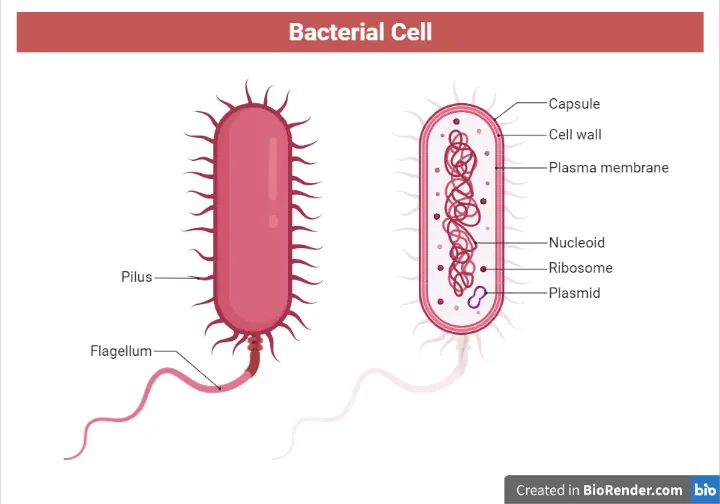
Structure of Bacterial Cells Archives • Microbe Online
The cell wall of Gram-positive bacteria is a complex arrangement of macromolecules. It consists of a peptidoglycan (PG) sacculus that surrounds the cytoplasmic membrane and that is decorated with other glycopolymers, such as teichoic acids (TAs) or polysaccharides (PSs), and proteins. The cell wall has multiple functions during bacterial growth.
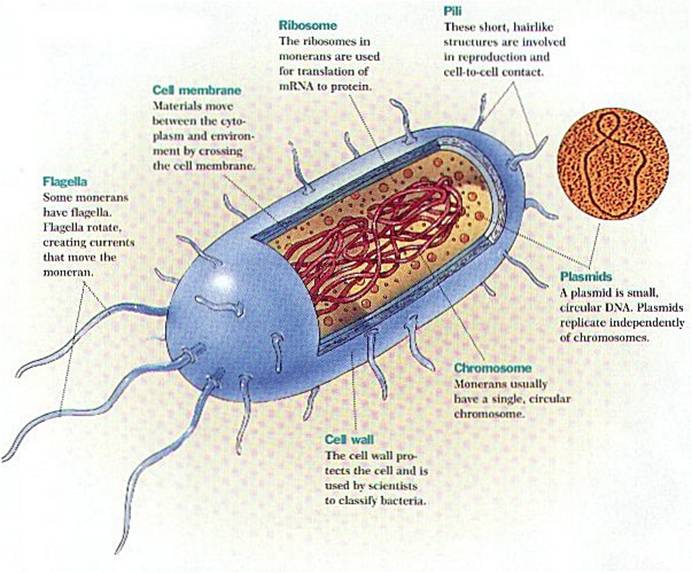
بنية الخلية البكتيرية Structure of Bacterial cell
Many bacterial cells have a rod, spherical, or spiral shape and are organized into a specific cellular arrangement. 4.3 An Overview to Bacterial and Archaeal Cell Structure 4. Bacterial and archaeal cells are organized at the cellular and molecular levels. 4.4 External Cell Structures 5. Pili allow cells to attach to surfaces or other cells. 6.
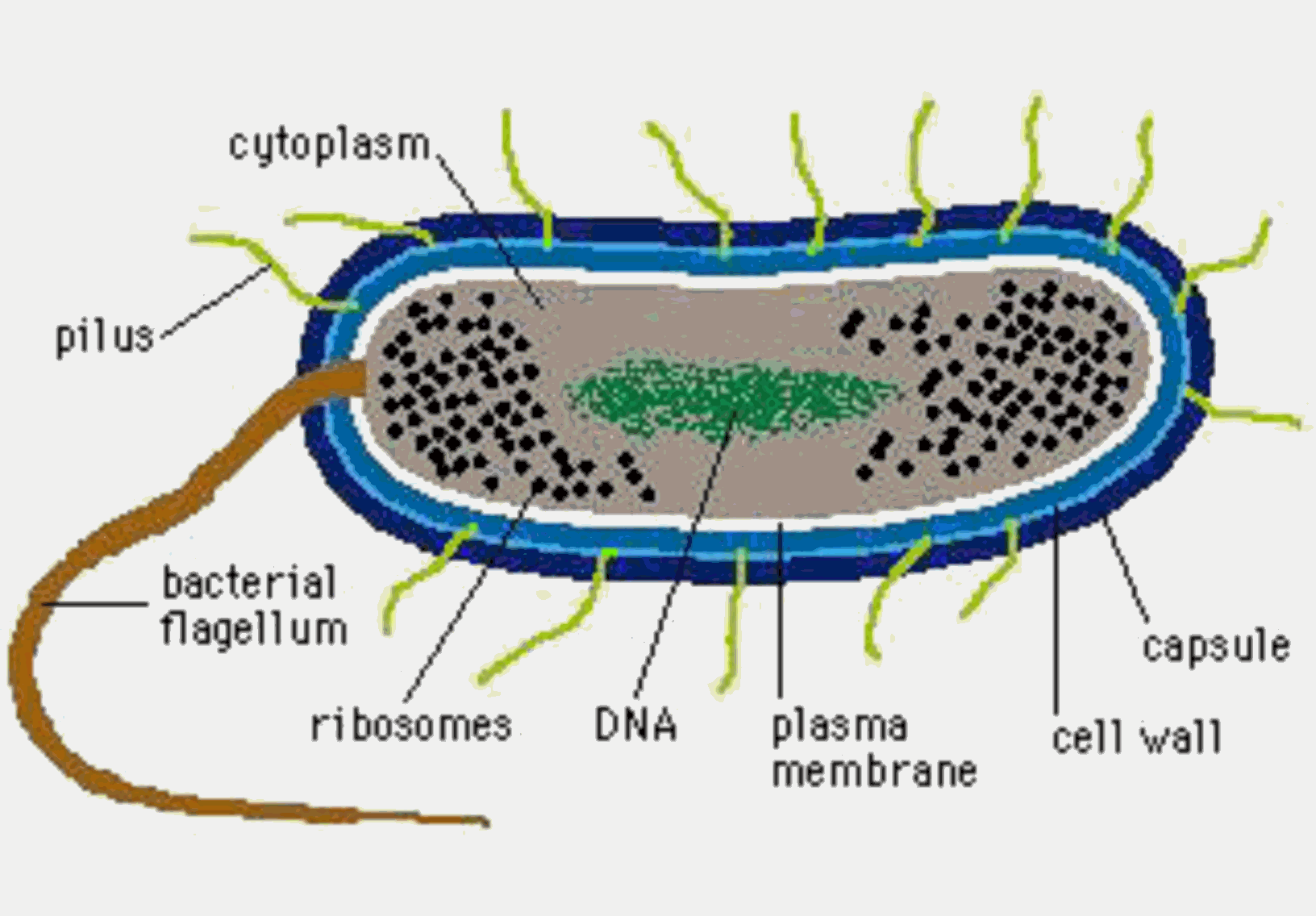
Cell Structure & Function Notes Mr. Stewart's Biology Class
Bacterial membranes are essential structures surrounding and protecting bacterial cells. 34, 35 They also are critical targets for antimicrobial development and energy recovery from waste, such as.

Bacterial Cell Diagrams 101 Diagrams
Annual Review of Microbiology Bacterial Membranes: Structure, Domains, and Function Henrik Strahl and Jeff Errington Annual Review of Microbiology Structure and Biosynthesis of the Bacterial Cell Wall M J Osborn Annual Review of Biochemistry The Mechanism of Protein Synthesis G Attardi Annual Review of Microbiology

Structure and Function of a Typical Bacterial Cell with Diagram
Structure of the Bacterial Cell All bacterial cells are surrounded by at least one membrane, the cytoplasmic membrane enclosing the cytoplasm. This simple enclosure can be found only by. We will present an overview of the composition and function of these different compartments. For details, classic microbiology textbooks should be consulted.

SOLUTION Bacterial cell structure Studypool
streptococci - chains staphylococci - grape-like clusters tetrads - 4 cocci in a square sarcinae - cubic configuration of 8 cocci Shape and Arrangement-2 bacilli (s., bacillus) - rods coccobacilli - very short rods vibrios - resemble rods, comma shaped spirilla (s., spirillum) - rigid helices spirochetes - flexible helices Shape and Arrangement-3
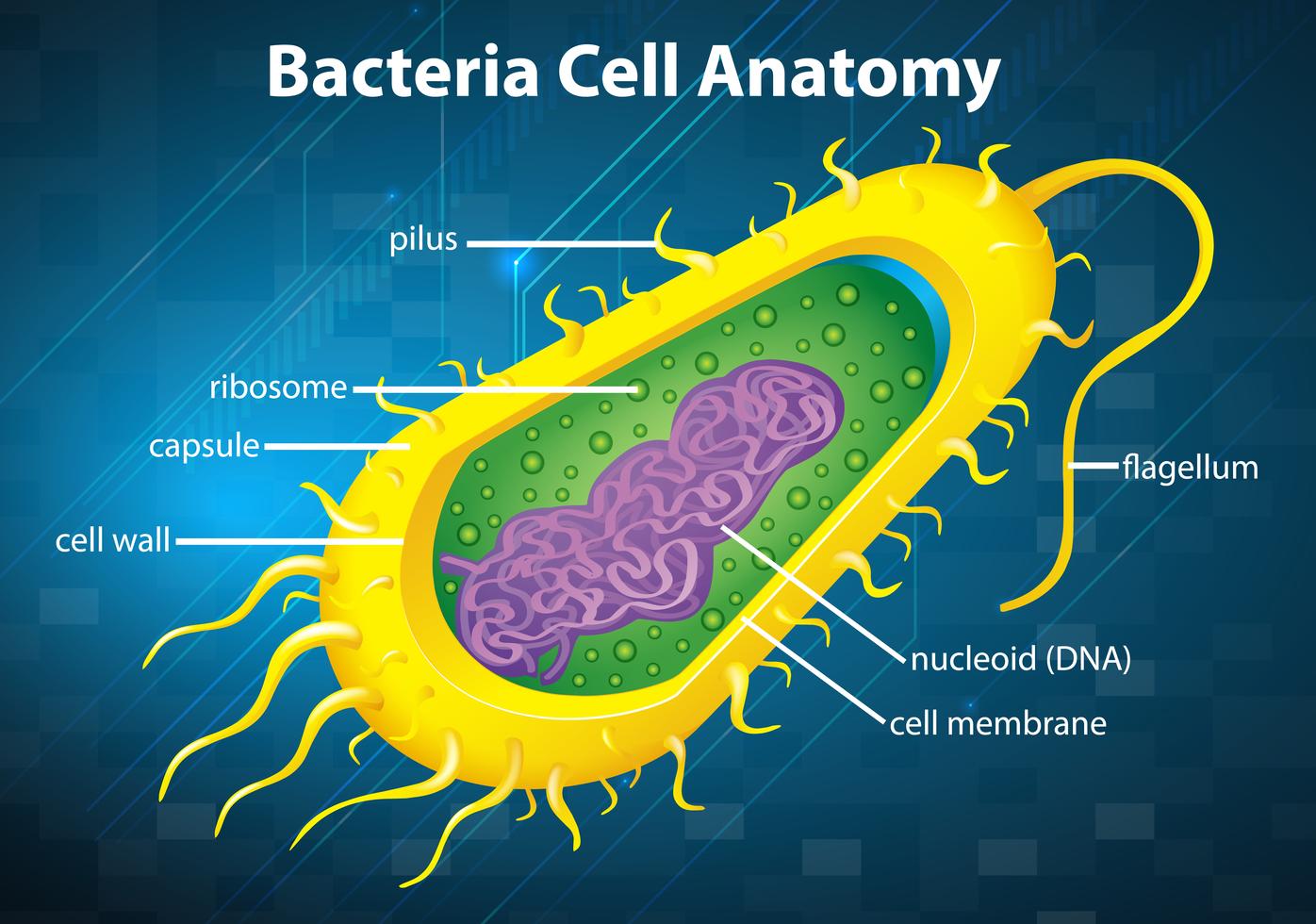
Bacteria cell structure 365530 Vector Art at Vecteezy
May 2022 · iScience Song Hong Yanlei Sun Dapeng Sun Chengshu Wang In contrast to the well-characterized gut microbiomes, the composition and function of the insect body-surface microbiotas are.